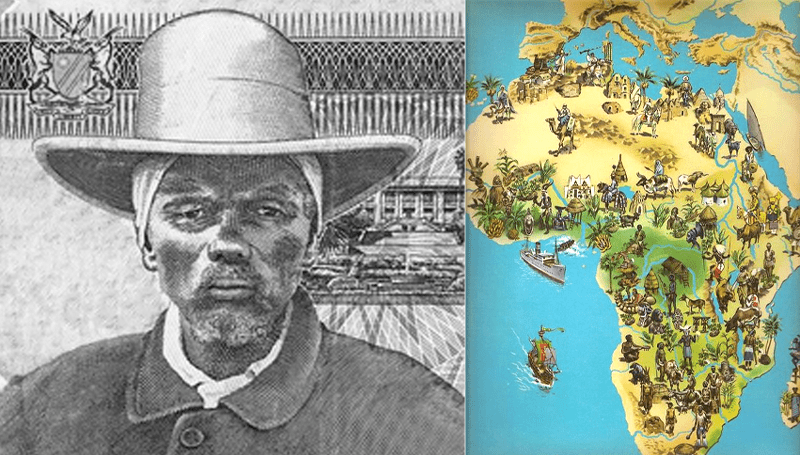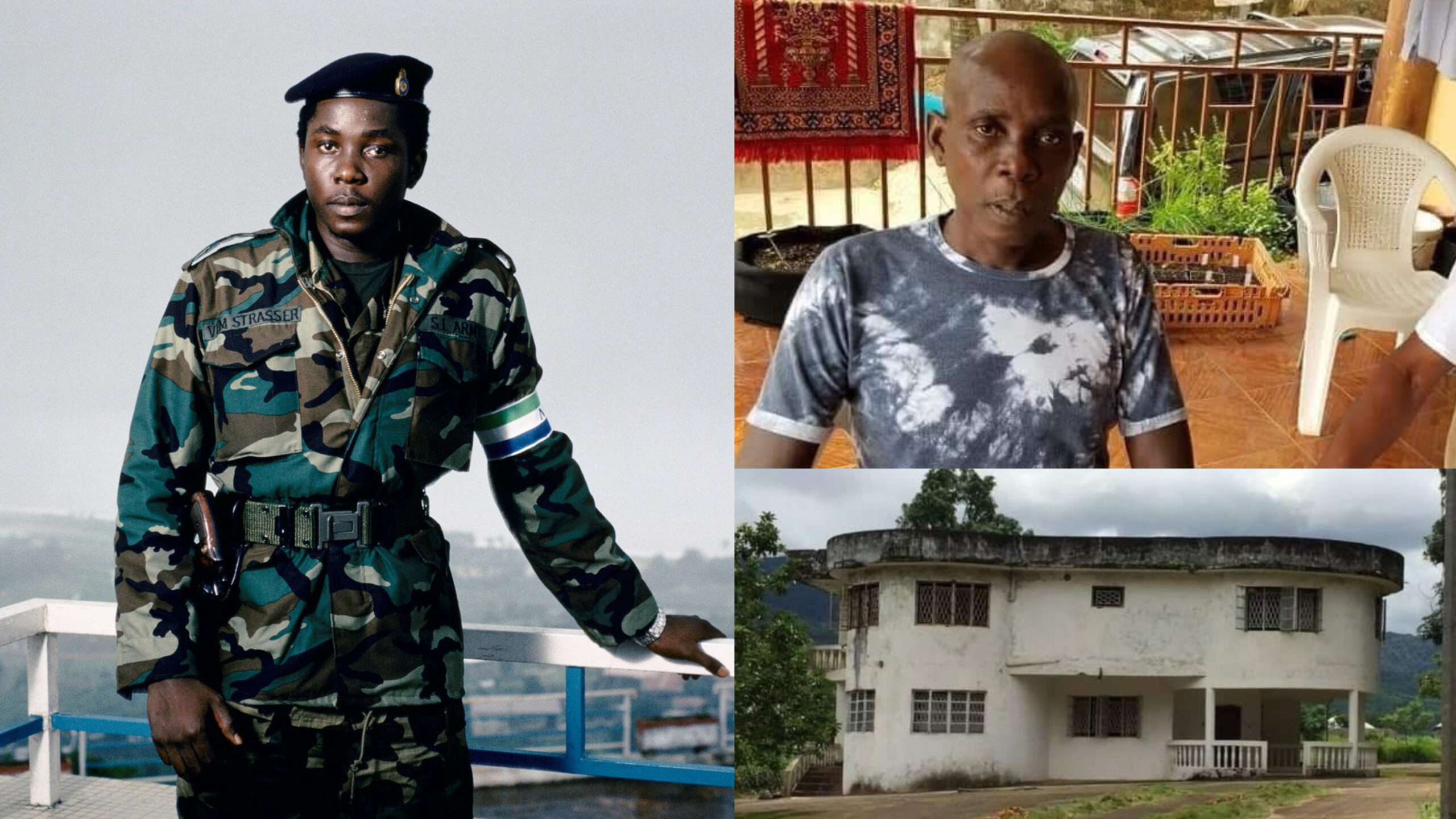Hendrik Witbooi, also known as “!Nanseb Gaib Gabemab” (the snake in the grass), united his Nama people in what is now Namibia to fight a guerrilla struggle against German domination.
Hendrik Witbooi was born in Pella, a province in the Northern Cape of South Africa that borders Namibia, circa 1830. Witbooi was descended from a long line of Witbooi Nama leaders, a formerly nomadic tribe of the Khoikhoi people of southwestern Africa.
The Witbooi Nama moved to what became known as German South West Africa in 1863. (now Namibia). German missionaries provided Hendrik Witbooi with a formal education there. Later, he relocated to the mountains southwest of Windhoek, where he established and managed a well-organized Nama community. He was killed in a battle against German invaders in the village of Vaalgras on October 29, 1905.
Hendrik Witbooi Known for brilliant mind and brave heart
He was renowned for his brilliant mind, early realization of colonialism’s threat, and demands for warring African tribes to band together against German colonizers. In comparison to the German troops, the Nama were few in number and poorly equipped. Witbooi, on the other hand, gained the nickname “!Nanseb Gaib Gabemab,” or “the snake in the grass,” for his aggressive tactics.
Witbooi was highly respected by the Germans, according to General Leutwein, the colonial administrator of German South West Africa “I can still see him in front of me… He was modest but self-assured, loyal but not without political savvy, and he never strayed from what he saw as his duty or right.” Witbooi corresponded frequently with other African and European leaders, and his letters and journal (written in Dutch) have been designated as world documentary heritage by UNESCO.
How did Hendrik Witbooi become a symbol of united resistance? Hendrik Witbooi wrote to the leader of the nearby Herero tribe as the Germans claimed more and more territory in South West Africa. Despite the fact that the Nama and Herero had fought bloody conflicts, Witbooi urged the two communities to unify against the colonists.
The agreement was mostly ineffective; just over a decade later, the Germans massacred the Herero and Nama in murders described as “one of the earliest episodes of genocide in the twentieth century” by a United Nations study. Witbooi’s demand for a united opposition, on the other hand, reinforced his reputation as a brilliant leader.
But didn’t Hendrik Witbooi have a cozy relationship with the Germans? German troops attacked Witbooi’s mountain village in 1893, primarily killing women and children. After that, Witbooi and the Germans signed a protection treaty. He worked with the colonial authority for the next decade, even supplying warriors for wars against neighboring tribes. General Leutwein was said to have developed a “cordial friendship” with him. Witbooi, however, led a Nama rebellion against the German occupiers in 1904, leading the guerrilla fight for a year before succumbing to his wounds.
Hendrik Witbooi’s famous remarks
“We didn’t give our land away, and what the owner hasn’t given can’t be taken away by someone else.”
“When one chief is protected by another, the underling loses his independence and is no longer in charge of himself, his people, or his country.”
Witbooi is said to have prayed for peace before dying on the battlefield: “It’s enough. Now is the time for the children to get some rest.”
Hendrik Witbooi Legacy
Hendrik Witbooi is remembered as a key role in Namibia’s journey to independence, which it finally achieved in 1990. His image can be found on Namibia’s $50, $100, and $200 banknotes, and his revolutionary spirit and role in fighting German imperialism and defending his homeland are still taught and acknowledged in Namibian schools.
 The African History Truly African
The African History Truly African

